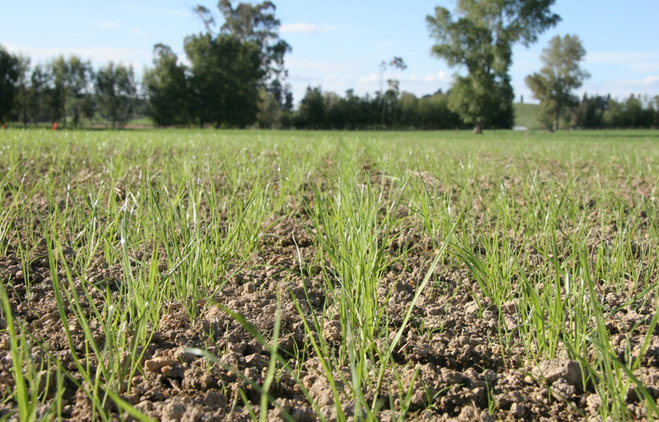Sowing too soon in the south – simply not worth it
Sowing ryegrass or brassica seed before soils reach minimum temperatures for successful germination is never a good idea, even in years like this when spring gets off to a slow start in Southland and Otago.
“The fact is, seed sown too early is much more likely to rot, become diseased and/or be eaten by birds, insects or other animals than it is to germinate,” says Barenbrug southern agronomist Janet Montgomery.
Weeds are also often a significant problem in paddocks sown prematurely, because many weed species have lower germination thresholds than grass or brassicas.
There’s another risk, too – brassicas which go into the ground before the right time can still get frosted, which in turn triggers premature flowering in summer.
“It is frustrating for farmers having to watch the days tick past when they really want to be drilling paddocks, but it’s simply not worth the time, money or effort to gamble on this,” Janet says.
Key germination temperatures to remember are:
- Cereals = at least 5 deg C
- Annual or Italian ryegrass = at least 8 deg C
- Perennial ryegrass, brassicas = consistently at least 10 deg C and rising at 9am.
Some other handy tips for sowing include:
- A fine, firm, consolidated seed bed – to ensure consistent depth.
- Low sowing speed – ditto above.
- Check the drill after a few metres, to make sure seed is being placed at adequate depth.
- Put the seed in moisture, but not below a depth where germinated seed will fail to emerge from the soil – for most small seeds, no deeper than 10mm.
Ensure seed has adequate contact with the soil – it needs to be covered and rolled.


